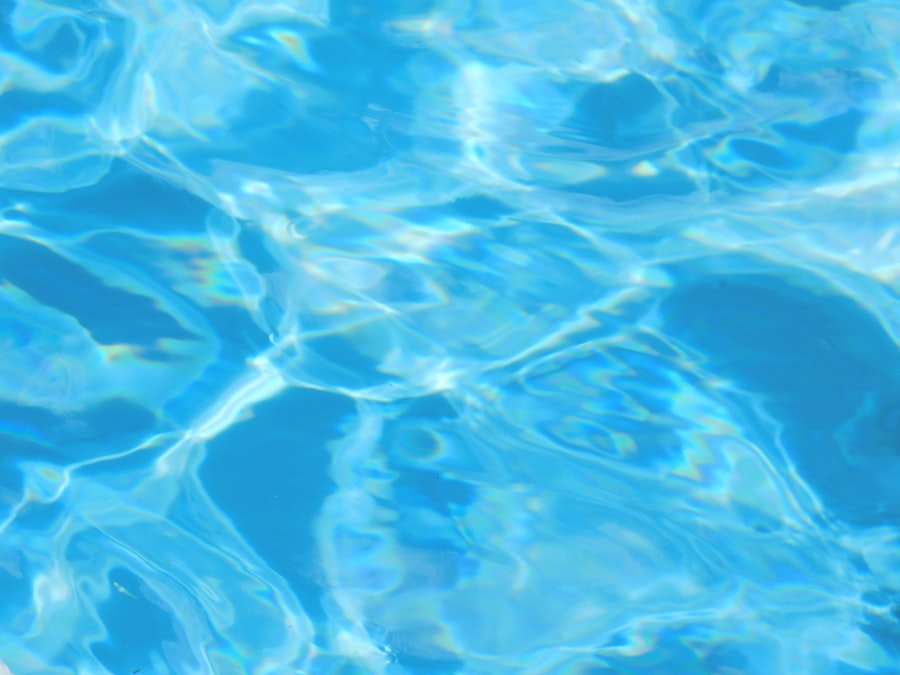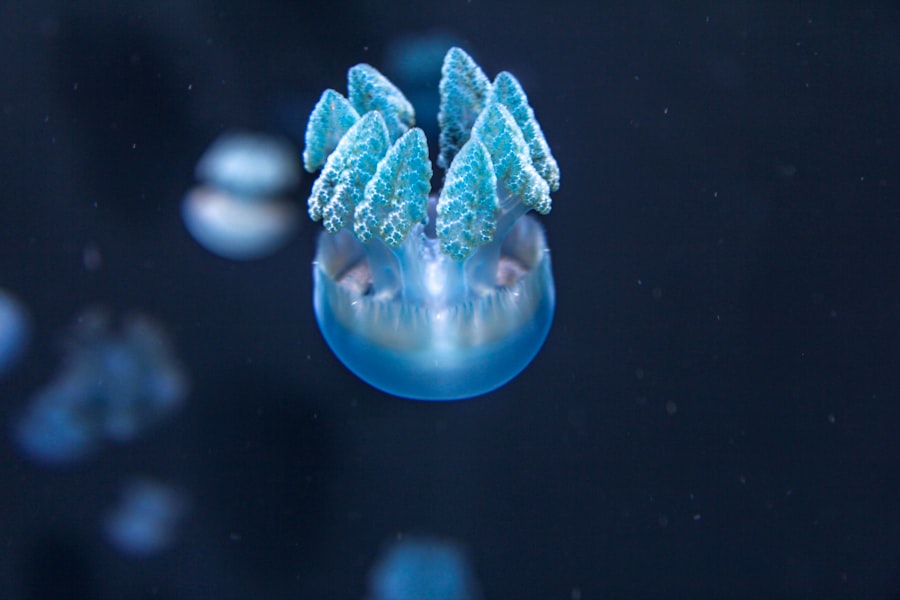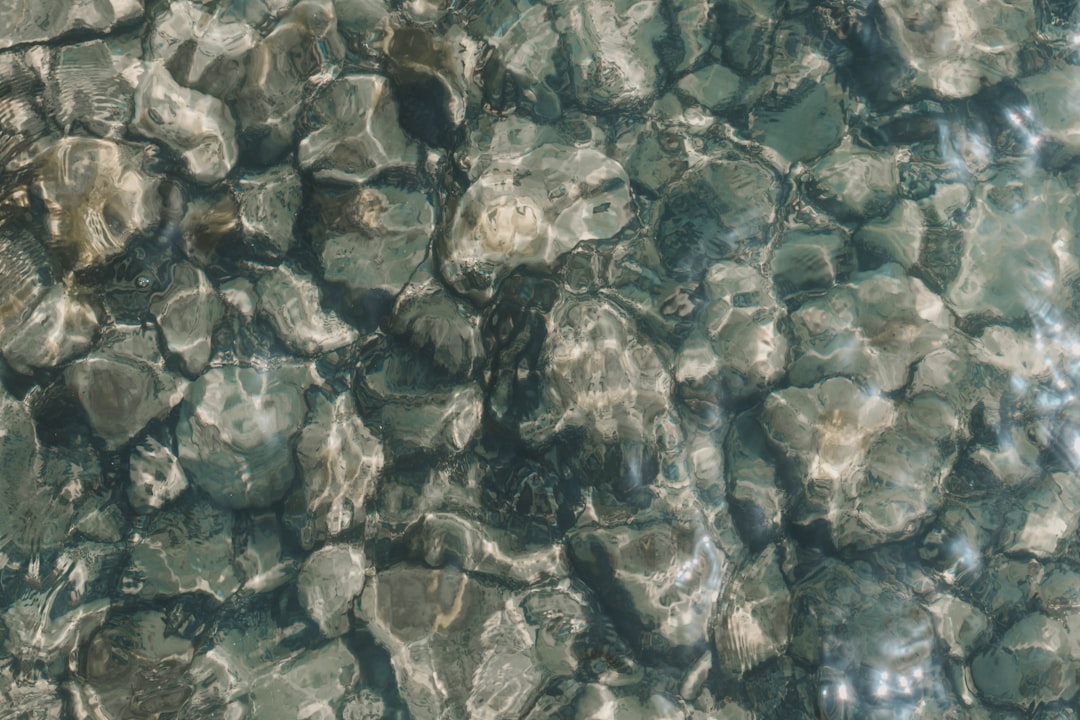Aquafina and Dasani, two of the most recognized bottled water brands in the world, have a rich history that reflects the evolution of consumer preferences and the growing demand for bottled water. Aquafina was introduced by PepsiCo in 1994, emerging as a response to the burgeoning bottled water market. The brand quickly gained traction, appealing to health-conscious consumers who sought a convenient and refreshing alternative to sugary beverages.
Dasani, on the other hand, was launched by The Coca-Cola Company in 1999, marking its entry into the bottled water segment. The introduction of Dasani was part of Coca-Cola’s strategy to diversify its product offerings and capture a share of the rapidly expanding bottled water market. Both brands have undergone significant transformations since their inception.
Aquafina initially sourced its water from public supplies, undergoing a rigorous purification process that included reverse osmosis and ozonation. This commitment to quality helped establish Aquafina as a trusted name in bottled water. Similarly, Dasani also began with municipal water sources, but it has since evolved to include a blend of minerals for taste enhancement.
Over the years, both brands have adapted to changing consumer preferences, focusing on sustainability and health, which has further solidified their positions in the market.
Key Takeaways
- Aquafina and Dasani have distinct histories tied to PepsiCo and The Coca-Cola Company, respectively.
- Both brands use advanced purification and bottling processes to ensure water quality.
- Marketing strategies focus on brand differentiation and targeting health-conscious consumers.
- Environmental concerns drive initiatives to reduce plastic waste and improve sustainability.
- Innovation and corporate social responsibility efforts shape the future growth and consumer perception of both brands.
The Bottling Process of Aquafina and Dasani
The bottling process for Aquafina and Dasani is a meticulous operation designed to ensure purity and quality. Aquafina employs a multi-step purification process that begins with sourcing water from municipal supplies. This water undergoes rigorous filtration through reverse osmosis, which removes impurities and contaminants.
Following this, the water is treated with ozone to eliminate any remaining microorganisms. The final product is then bottled in a sterile environment, ensuring that it remains uncontaminated until it reaches consumers. Dasani’s bottling process shares similarities with Aquafina’s but incorporates unique elements that distinguish it from its competitor.
Like Aquafina, Dasani starts with municipal water sources, which are subjected to advanced filtration techniques. However, Dasani goes a step further by adding a proprietary blend of minerals, including potassium and magnesium, to enhance the flavor profile of the water. This attention to taste has contributed to Dasani’s popularity among consumers who seek not only hydration but also a pleasant drinking experience.
Both brands prioritize quality control throughout their bottling processes, employing stringent testing protocols to ensure that every bottle meets high standards.
The Marketing Strategies of Aquafina and Dasani

The marketing strategies employed by Aquafina and Dasani have played a crucial role in their success within the competitive bottled water market. Aquafina has positioned itself as a brand synonymous with purity and refreshment. Its marketing campaigns often emphasize the rigorous purification process that the water undergoes, appealing to health-conscious consumers who prioritize quality.
The brand has also leveraged partnerships with various events and organizations to increase visibility and reinforce its image as a go-to choice for hydration. Dasani’s marketing approach is equally strategic but focuses more on lifestyle branding. The brand often associates itself with active living and wellness, targeting consumers who lead busy lives and seek convenient hydration solutions.
Dasani’s advertisements frequently feature vibrant imagery of outdoor activities and fitness, reinforcing the idea that drinking water is an essential part of a healthy lifestyle. Additionally, both brands utilize social media platforms to engage with their audiences, creating interactive campaigns that resonate with younger consumers who are increasingly influential in shaping market trends.
The Environmental Impact of Aquafina and Dasani
| Metric | Aquafina | Dasani |
|---|---|---|
| Water Source | Public water sources (municipal tap water) | Public water sources (municipal tap water) |
| Plastic Bottle Material | 100% PET (Polyethylene Terephthalate) | 100% PET (Polyethylene Terephthalate) |
| Recycled Content in Bottles | Up to 30% recycled PET | Up to 30% recycled PET |
| Carbon Footprint per Liter | Approx. 0.5 kg CO2 equivalent | Approx. 0.5 kg CO2 equivalent |
| Water Usage per Liter Produced | About 1.5 liters (including processing) | About 1.5 liters (including processing) |
| Packaging Weight | Approx. 10 grams per 500 ml bottle | Approx. 10 grams per 500 ml bottle |
| Recycling Program Participation | Supports local recycling initiatives | Supports local recycling initiatives |
| Environmental Certifications | Some bottles are certified by the Sustainable Packaging Coalition | Some bottles are certified by the Sustainable Packaging Coalition |
The environmental impact of bottled water brands like Aquafina and Dasani has come under scrutiny in recent years as consumers become more aware of sustainability issues. Both companies have faced criticism regarding plastic waste generated by their products. The production and disposal of plastic bottles contribute significantly to environmental pollution, prompting calls for more sustainable practices within the industry.
In response, both Aquafina and Dasani have initiated efforts to reduce their environmental footprint. Aquafina has committed to using 100% recycled plastic in its bottles by 2025, aiming to minimize reliance on virgin plastic materials. This initiative reflects a broader trend within the beverage industry toward sustainability and responsible sourcing.
Similarly, Dasani has introduced bottles made from 30% plant-based materials as part of its commitment to reducing plastic waste. Both brands are also investing in recycling programs and educational campaigns to encourage consumers to recycle their bottles after use. While challenges remain, these efforts signify a growing recognition of the need for environmentally responsible practices in the bottled water sector.
The Health Benefits of Aquafina and Dasani
Aquafina and Dasani are often marketed not just as refreshing beverages but also as healthy hydration options. Water is essential for maintaining overall health, and both brands emphasize the importance of staying hydrated in their messaging. Drinking adequate amounts of water can aid in digestion, improve skin health, and enhance cognitive function, making bottled water an attractive choice for health-conscious individuals.
Moreover, both brands have taken steps to ensure that their products are free from contaminants that could pose health risks. The rigorous purification processes employed by Aquafina and Dasani help eliminate harmful substances, providing consumers with peace of mind regarding the safety of their drinking water. Additionally, the inclusion of minerals in Dasani’s formulation may offer added benefits for those seeking enhanced flavor without compromising on health.
As consumers increasingly prioritize wellness in their purchasing decisions, both brands position themselves as viable options for those looking to maintain a healthy lifestyle.
The Global Reach of Aquafina and Dasani

Aquafina and Dasani have established themselves as global leaders in the bottled water market, with distribution networks that span across continents. Aquafina is available in numerous countries worldwide, making it one of PepsiCo’s flagship products. Its widespread availability has contributed to its recognition as a household name in many regions, particularly in North America and Asia.
Dasani has similarly achieved significant global reach since its launch. The brand has expanded its presence beyond North America into international markets such as Europe and Asia, adapting its marketing strategies to resonate with diverse consumer preferences.
This global reach not only enhances brand visibility but also positions Aquafina and Dasani as key players in the ever-growing bottled water industry.
The Competition Between Aquafina and Dasani
The competition between Aquafina and Dasani is emblematic of the broader rivalry between PepsiCo and The Coca-Cola Company in the beverage sector. Both brands vie for market share in the bottled water category, employing various strategies to attract consumers. While they share similarities in product offerings, their distinct branding approaches create a competitive landscape that keeps both companies on their toes.
Aquafina often emphasizes its commitment to purity and quality in its marketing campaigns, while Dasani focuses on lifestyle branding that promotes active living and wellness. This differentiation allows each brand to carve out its niche within the market while appealing to different segments of consumers. Additionally, both brands continuously innovate their product lines to stay relevant amid changing consumer preferences, further intensifying competition between them.
The Innovation and Product Development of Aquafina and Dasani
Innovation plays a crucial role in maintaining relevance within the competitive bottled water market for both Aquafina and Dasani. Over the years, both brands have introduced new products aimed at meeting evolving consumer demands. For instance, Aquafina has expanded its offerings beyond traditional bottled water to include flavored varieties that cater to those seeking alternative hydration options without added sugars.
Dasani has also embraced innovation by launching products such as flavored sparkling water and enhanced waters infused with vitamins and electrolytes. These developments reflect a growing trend among consumers who are looking for functional beverages that provide additional health benefits beyond basic hydration. By continuously evolving their product lines, both Aquafina and Dasani demonstrate their commitment to meeting consumer needs while staying ahead of market trends.
The Consumer Perception of Aquafina and Dasani
Consumer perception plays a pivotal role in shaping the success of Aquafina and Dasani within the bottled water market. Both brands have cultivated strong identities that resonate with their target audiences. Aquafina is often perceived as a reliable choice for pure hydration, appealing primarily to those who prioritize quality above all else.
Conversely, Dasani is viewed as a more lifestyle-oriented brand that aligns itself with active living and wellness trends. Consumers often associate Dasani with refreshment during physical activities or outdoor adventures, making it a popular choice among fitness enthusiasts.
This differentiation in consumer perception allows both brands to coexist within the market while catering to distinct segments of the population.
The Corporate Social Responsibility of PepsiCo and The Coca-Cola Company
Corporate social responsibility (CSR) initiatives play an essential role in shaping public perception of both Aquafina and Dasani’s parent companies—PepsiCo and The Coca-Cola Company. Both corporations have made commitments to sustainability and community engagement as part of their broader CSR strategies. PepsiCo has focused on reducing its environmental impact through initiatives aimed at minimizing plastic waste and promoting recycling efforts.
Similarly, The Coca-Cola Company has launched various programs aimed at improving access to clean drinking water in underserved communities around the world. These efforts not only enhance brand reputation but also demonstrate a commitment to social responsibility that resonates with consumers increasingly concerned about corporate ethics. By aligning their business practices with social values, both companies aim to foster goodwill among consumers while contributing positively to society.
The Future of Aquafina and Dasani in the Beverage Industry
As the beverage industry continues to evolve, the future of Aquafina and Dasani appears promising yet challenging due to shifting consumer preferences toward sustainability and health-conscious choices. Both brands will need to adapt their strategies to remain competitive in an increasingly crowded marketplace where alternatives such as flavored waters or plant-based beverages are gaining traction. To thrive in this dynamic environment, Aquafina and Dasani must continue innovating their product lines while prioritizing sustainable practices that resonate with environmentally conscious consumers.
By investing in eco-friendly packaging solutions and expanding their offerings to include functional beverages that cater to health trends, both brands can position themselves for long-term success in the ever-changing landscape of the beverage industry. As they navigate these challenges ahead, maintaining strong consumer relationships will be key for both Aquafina and Dasani as they strive to uphold their status as leaders in bottled water.
Aquafina and Dasani are two of the most popular bottled water brands in the world, both owned by major beverage companies. Aquafina is produced by PepsiCo, while Dasani is a product of The Coca-Cola Company. For more insights into the ownership and branding of popular beverages, you can check out this related article on the topic: here.
WATCH THIS! The $400 Billion Water Lie: Why Bottled Water Is a Scam
FAQs
Who owns Aquafina?
Aquafina is owned by PepsiCo, Inc., a multinational food, snack, and beverage corporation.
Who owns Dasani?
Dasani is owned by The Coca-Cola Company, a global beverage leader.
Are Aquafina and Dasani bottled water brands?
Yes, both Aquafina and Dasani are popular bottled water brands.
Where are Aquafina and Dasani bottled?
Aquafina is bottled at various PepsiCo facilities across the United States, while Dasani is bottled at Coca-Cola’s bottling plants in multiple locations.
Do Aquafina and Dasani use the same water source?
No, Aquafina and Dasani use different water sources and purification processes specific to their brands.
Are Aquafina and Dasani purified water or spring water?
Both Aquafina and Dasani are purified water brands, meaning the water undergoes filtration and purification processes before bottling.
Are Aquafina and Dasani available internationally?
Aquafina and Dasani are primarily marketed in the United States but are also available in select international markets depending on regional distribution.
What distinguishes Aquafina from Dasani?
Aquafina is a PepsiCo brand, while Dasani is a Coca-Cola brand. They have different purification methods and branding strategies, but both offer purified bottled water.
